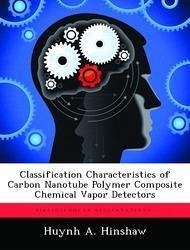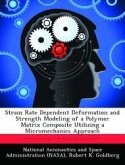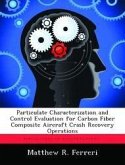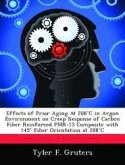The first step in combating a chemical weapons threat is contamination avoidance. This is accomplished by the detection and identification of chemical agents. The Air Force has several instruments to detect chemical vapors, but is always looking for lighter, faster, and more accurate technology for a better capability. This research is focused on using carbon nanotube polymer composite sensors for chemical detection. More specifically, models are developed to classify three sets of sensor data according to vapor using various multivariate techniques. Also, prediction models of a mixed sensor output are developed using neural networks and regression analysis. The classifiers developed are able to accurately classify three vapors for a specific set of data, but have problems when tested against data from aged sensors as well as data generated from a different set of new sensors. These results indicate that further research should be conducted to ensure accuracy in identifying chemical vapors using these types of sensors.
Hinweis: Dieser Artikel kann nur an eine deutsche Lieferadresse ausgeliefert werden.
Hinweis: Dieser Artikel kann nur an eine deutsche Lieferadresse ausgeliefert werden.








